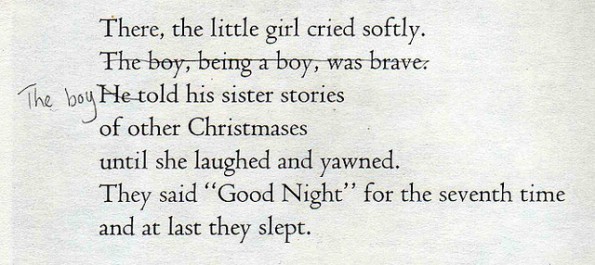2D: English’s quirks
The English language has very many strange quirks – some derived from the influence the languages of many different invaders over many millennia, others derived from rather more recent influences. I’ve chosen two articles to illustrate this.
The first is this article from BBC News which discusses the origins of one of my least favourite hackneyed metaphors: that of “battling” cancer. Their short but interesting discussion tracks this back to Richard Nixon’s “war on cancer”, but the fact that the BBC is discussing this use of language at all is almost more interesting than what they have to say.
The second article on language is almost a decade old, but only came to my attention very recently. It was written by Jack Winter for The New Yorker, and is called “How I Met My Wife“. To avoid spoiling the linguistic surprise, I’ll say no more than that!
2D posts appear on alternate Wednesdays – except the Wednesday in two weeks, which I’m skipping because it’s New Year’s Day. For 2D, I pick two interesting articles that look at an issue from two different – though not necessarily opposing – perspectives. I hope you enjoy them!
This post was filed under: 2D.
